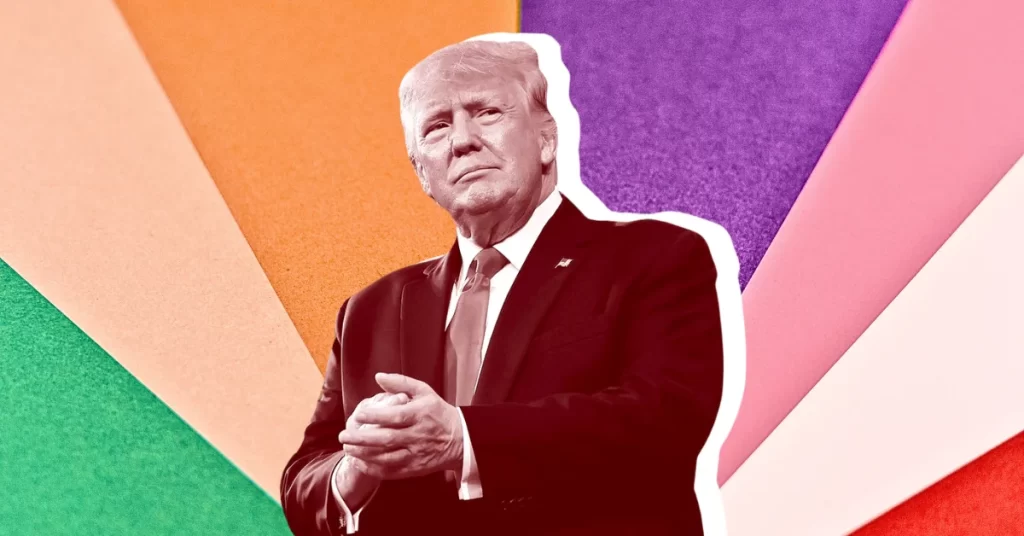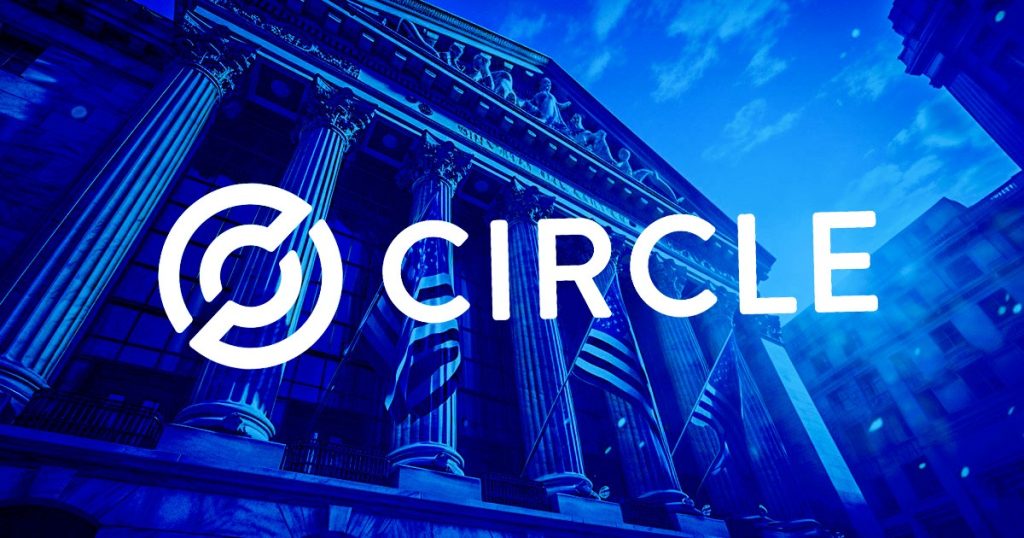
The post Donald Trump May End IRS DeFi Tax Rule After Senate Vote appeared first on Coinpedia Fintech News
A major tax rule targeting decentralized finance (DeFi) could soon be wiped out, as U.S. President Donald Trump

Donald Trump
Donald Trump is an American former president politician, businessman, and media personality, who served as the 45th president of the U.S. between 2017 to 2021. Trump earned a Bachelor of science in economics from the University of Pennsylvania in 1968. Trump won the 2016 presidential election as the Republican Party nominee against Democratic Party nominee Hillary Clinton while losing the popular vote. As president, Trump ordered a travel ban on citizens from several Muslim-majority countries, diverted military funding toward building a wall on the U.S.–Mexico border, and implemented a family separation policy. Trump has remained a prominent figure in the Republican Party and is considered a likely candidate for the 2024 presidential election
President
is expected to sign a resolution repealing it. The rule, introduced during the Biden administration, required DeFi platforms to report crypto transactions to the IRS, much like traditional financial institutions.
Senate Votes to Overturn Crypto Reporting Requirements
The Senate voted 70-28 in favor of repealing the rule, following a similar decision by the House earlier this month. The legislation had been widely criticized by the crypto community for being impractical and harmful to innovation. Supporters of the repeal argue that DeFi platforms operate differently from centralized financial entities and should not be subjected to the same reporting rules.
Critics Say the Rule Was Unworkable
Crypto advocacy groups, including the Blockchain Association, praised the Senate’s decision, calling it a victory for DeFi innovation.
Kristin Smith, CEO of the Blockchain Association, expressed gratitude to Senator Ted Cruz, Representative Mike Carey, and other lawmakers for voting to overturn a rule that could have restricted crypto and DeFi innovation. She emphasized that their leadership helps secure the future of digital assets in the U.S. and is now looking forward to Donald Trump’s final approval to scrap it permanently.
However, some experts argued that the rule was unrealistic and would have placed excessive burdens on decentralized platforms, making compliance nearly impossible.
However, opponents of the repeal, such as Democratic Representative Lloyd Doggett, warned that removing the rule could open doors for tax evasion and illicit financial activities. He claimed that keeping the regulation in place would have helped prevent wealthy investors from exploiting tax loopholes.
What’s Next?
With Trump expected to approve the repeal, the rule will soon be off the books. The decision highlights the shifting political landscape around crypto regulation as the industry gains stronger support in Washington. For now, DeFi platforms can breathe a sigh of relief, knowing they won’t have to comply with the IRS reporting requirements that many saw as an existential threat to the sector.
Never Miss a Beat in the Crypto World!
Stay ahead with breaking news, expert analysis, and real-time updates on the latest trends in Bitcoin, altcoins, DeFi, NFTs, and more.









